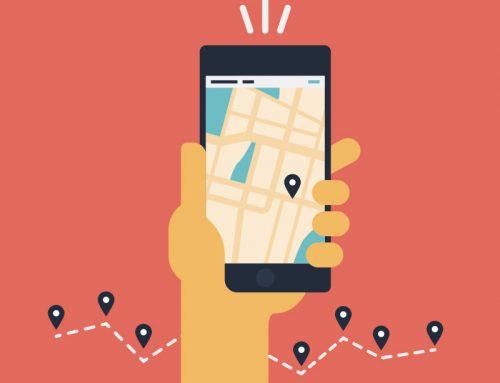Basic DNS Explained for the Non-Techie
Have you ever wondered what DNS means and why it’s necessary? Here’s a basic explanation of DNS, or Domain Name Service, that’s simple enough for anyone to understand.
What Is The Domain Name System (DNS)?
The Domain Name System (DNS) is a hierarchical, decentralized naming system for computers, services, or other resources connected to the Internet or a private network. It associates various information with domain names assigned to each of the participating entities. Most importantly, it translates domain names meaningful to humans into IP addresses meaningful to computers. The Domain Name System is an essential component of the functionality and scalability of the Internet.
How Does DNS Work?
Domain Name Servers translate hostnames (the easy-to-remember names you type into a browser) into IP addresses (the hard-to-remember numbers computers use to communicate). When your browser requests a Web page from your ISP, it includes its default DNS servers. If there’s a domain name server problem or outage, users experience these dreaded error messages: Server not found, Site not found and sometimes just one side of content.
Google Public DNS
Google’s public DNS service is, in my opinion, one of best options out there. It’s fast and easy to configure, and it’s completely free. Go to Google Public DNS and follow their simple instructions for setting up your network at home or at work.
Amazon Route 53
Route 53 is one of Amazon Web Service’s Domain Name System (DNS) offerings. Route 53 allows users to route traffic to their servers in a variety of ways. One such way is through HTTP requests; with Route 53, you can set up a CNAME record that sends traffic from your website to your server if someone makes a request for it. This saves you from having to create individual records for each server that you host.
CloudFlare
A content delivery network (CDN) is a big, global network of servers that serves your site’s static content. It can also act as a reverse proxy and handle HTTPS connections. A CDN distributes your traffic across multiple servers so you get faster load times without overloading a single server. If there’s an outage with one of those servers or if you lose one, you’re still covered because all of your static content is spread across dozens or hundreds of locations.
Norton ConnectSafe
How does it work? Norton ConnectSafe has two modes of protection. In both modes, your child will first see a warning message if he or she attempts to navigate to a page deemed unsafe by our security team. Our analysis is based on machine learning, an automated process that helps us identify and categorize webpages with malicious links and downloads. While every website may not be categorized perfectly—especially sites with lots of content—we do our best to protect you from dangerous sites.







